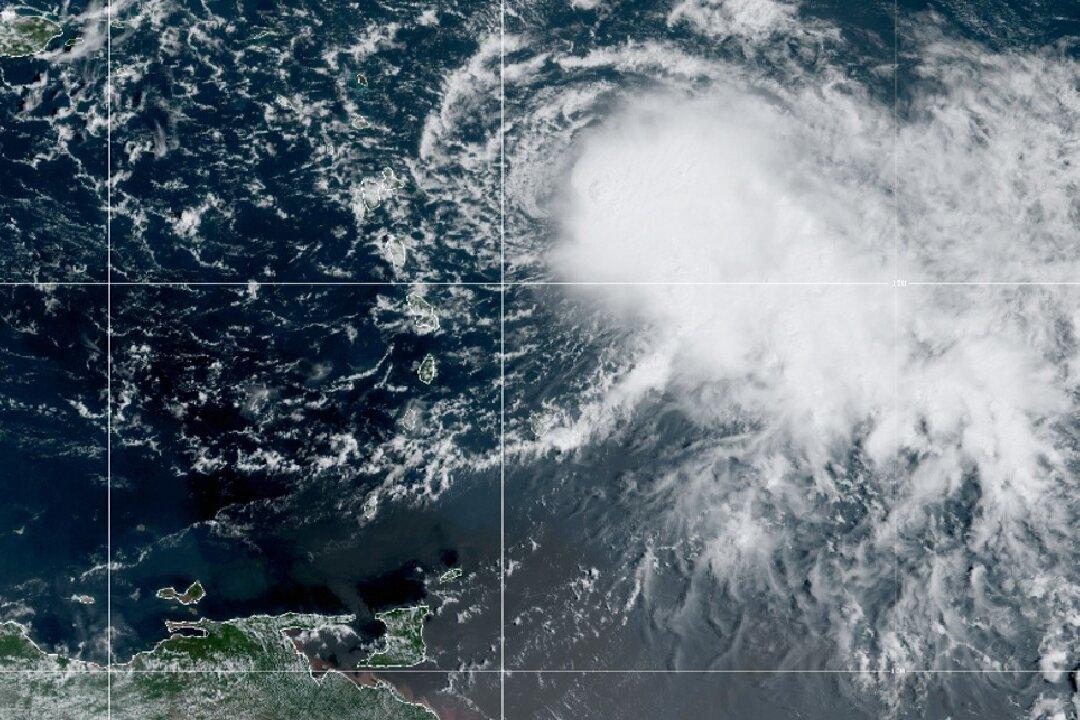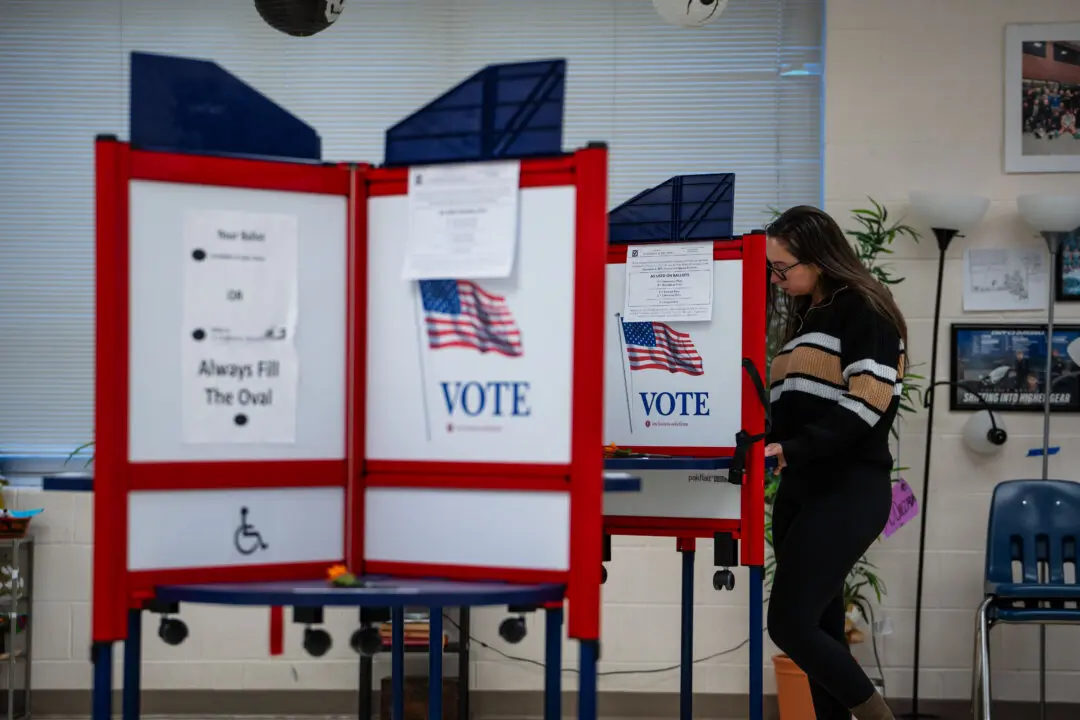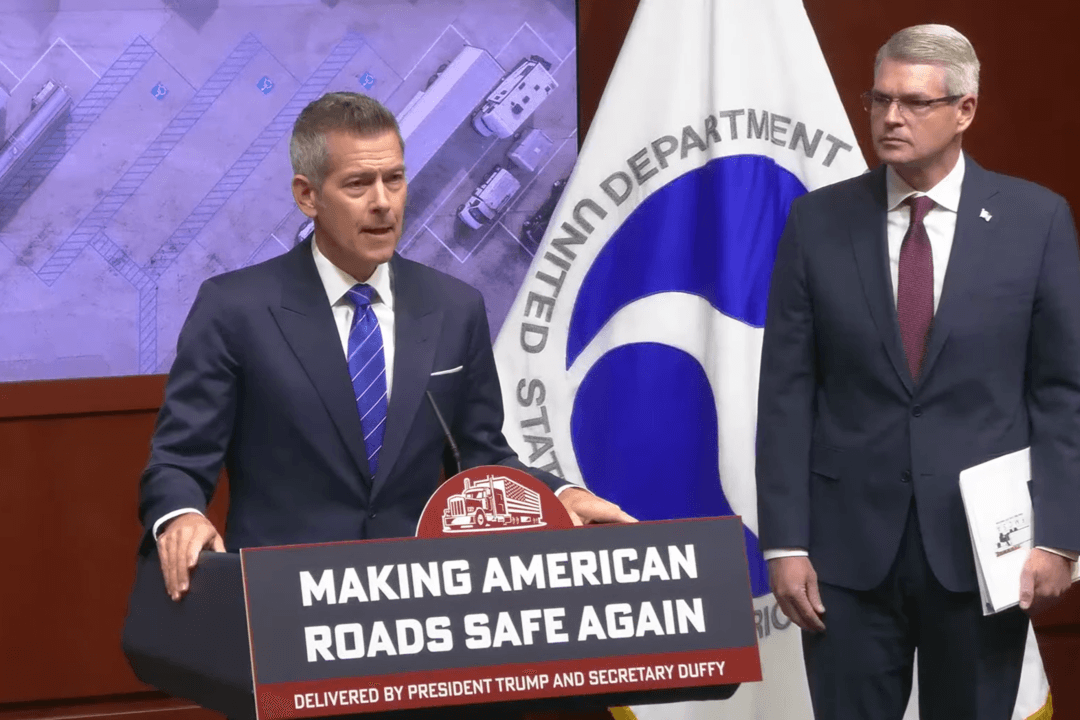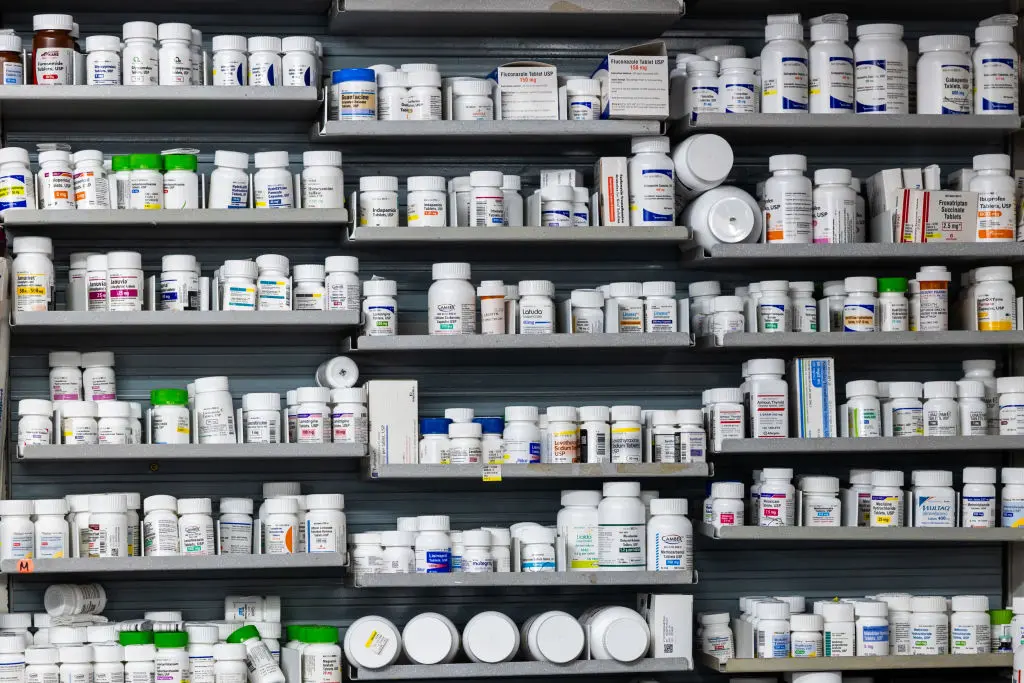Hurricane Fiona strengthened to Category 4 on Sept. 21 with maximum sustained winds of 130 mph winds as forecasters expect the storm to pass near the island of Bermuda later this week.
Forecasters with the National Hurricane Center (NHC), in an update, wrote that Fiona is moving directly north at around 8 mph. A hurricane watch and tropical storm warning are in effect for Bermuda, the agency said, while noting that interests in northeastern Canada should monitor the storm’s progress.





